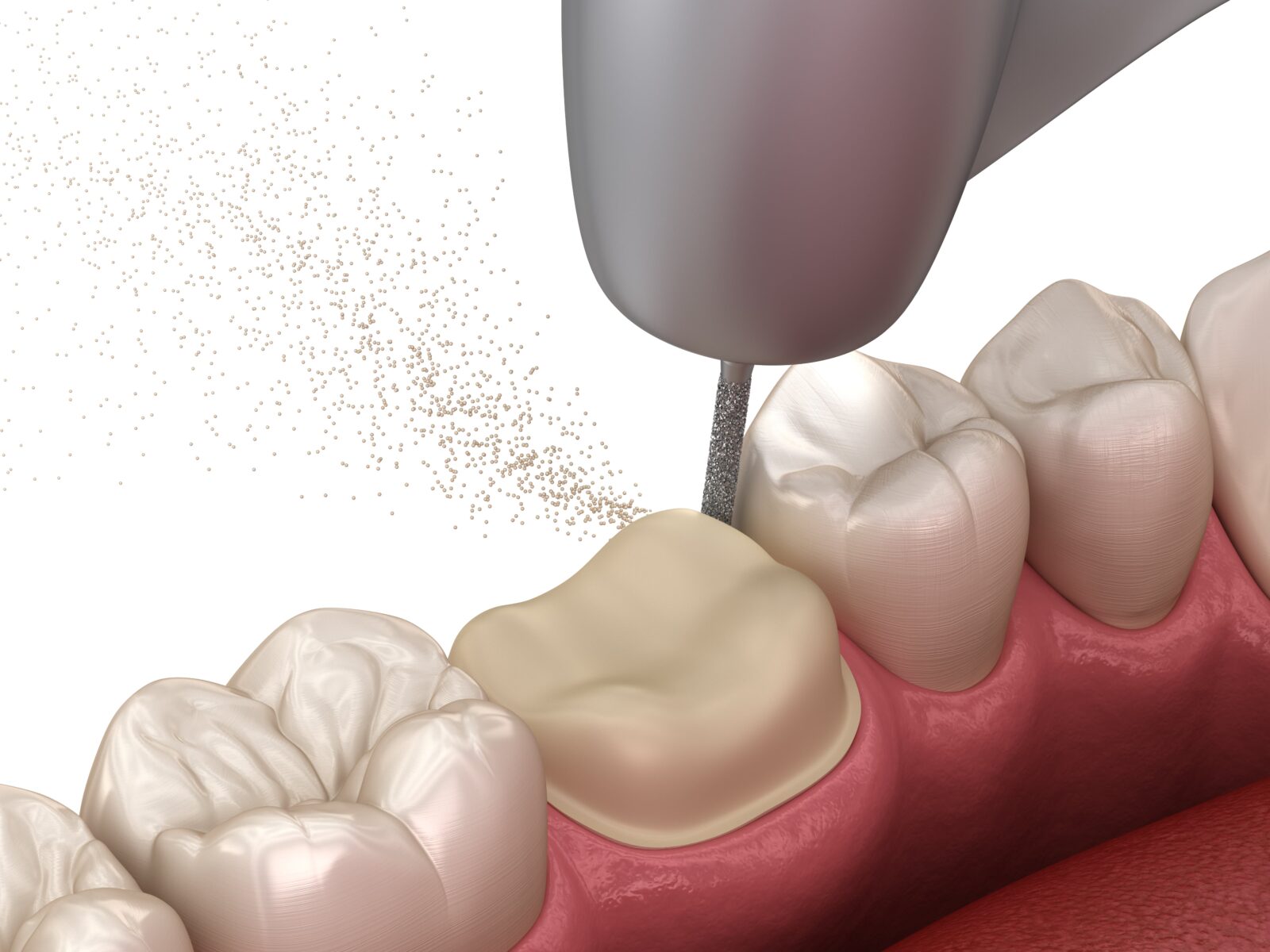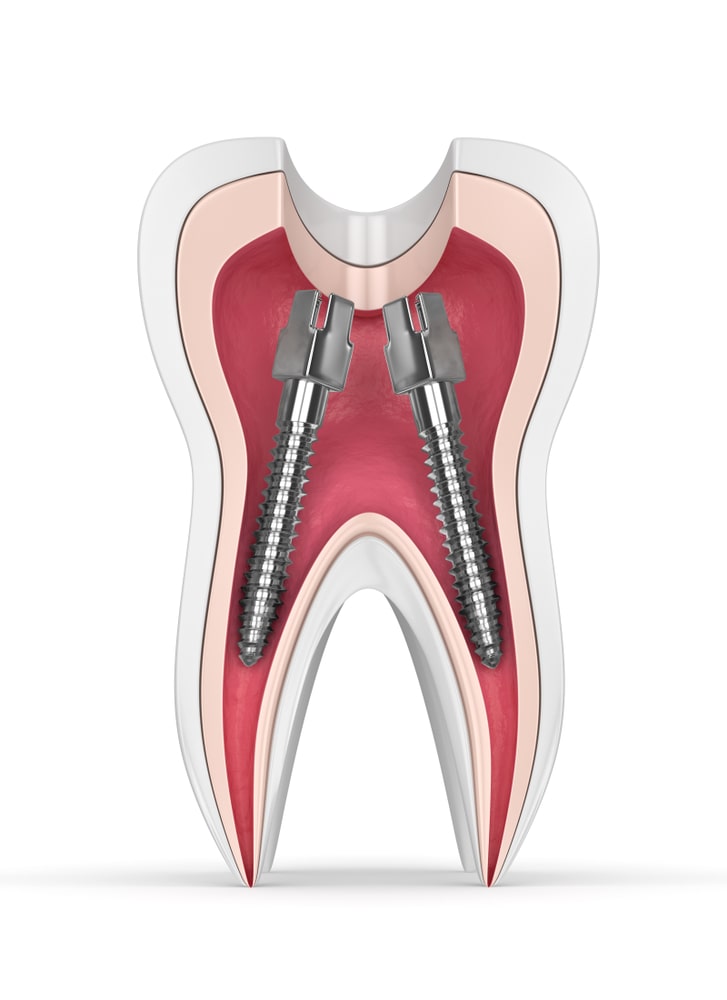Dental crowns are a common procedure that many people undergo every year. A dental crown is a cap that is placed over a tooth to restore its function and appearance. Crowns are often necessary when there is not enough tooth present to support a filling or when the tooth has been severely damaged. In this blog post, we will discuss how dental crowns are placed and how much tooth is needed to place a dental crown. We will also discuss what options are available when there is not enough tooth present.
How Dental Crowns are Placed
We’ll need to understand how dental crowns are placed before we discuss how much tooth is required. As mentioned above, dental crowns are caps that are placed over the entire visible portion of the tooth in order to provide protection and structural support. They are used in cases where the majority of the tooth structure has been impaired either due to damage or decay.

The first step to placing a dental crown is to remove any damaged or decayed tissue from the tooth. Once all of the damaged or decayed tissue has been removed, the remaining tissue will be shaped to accommodate a crown. Then, an impression is taken in order to create a model for your custom-made dental crown. The next step involves placing temporary crowns over the prepared teeth. These are meant as protection for the teeth while the permanent crowns are being created. The final step is to place the permanent dental crowns over the prepared teeth.
Dental crowns can also be placed following a root canal procedure. Sometimes people need a root canal because the inside of their tooth is infected and needs to be removed. After the dental pulp is removed during a root canal, the tooth is hollow and is not strong enough on its own. That’s when we need to put a crown over the tooth to make it stronger and protect it from future decay.
How Much Tooth is Needed?
Now that we understand how dental crowns are placed, let’s discuss how much tooth is needed in order to place a dental crown. In most cases, at least two millimeters of tooth structure is required in order to place a crown. Generally, this means that at least one-quarter of the visible portion of the tooth must be present and healthy enough to support a dental crown. If less than this is available, there may not be sufficient room for the restoration or it could lead to complications such as fracture.
What if There is Not Enough Tooth?
If there is not enough tooth present to place a dental crown, don’t worry! There are still several options available. These options include:
Using Composite Resin
One option is to build up the remaining tooth structure using composite resin. This is a tooth-colored plastic that bonds directly to the enamel, and can be used to build up the outer structure of the tooth to allow for a dental crown to be placed. On its own, composite resin is not strong enough to restore a severely damaged tooth, however it works well when combined with a dental crown.

Placing a Post-and-Core Foundation
After having a root canal, your tooth may also require more internal support before a dental crown is placed. Although the tooth is filled with a rubber-like material known as gutta percha, there are cases where additional support may be required to safely place a dental crown. In these cases, your dentist may recommend a post-and-core foundation. This entails cementing one or more small posts inside the tooth to both support the tooth and provide a foundation for a dental crown.
Dental Implants
A final option is to use a dental implant. This option is usually considered when there simply is not enough tooth structure and/or a traditional dental crown has failed. In these cases, the affected tooth is extracted and replaced using an implant. A dental implant is a titanium rod that is placed into the jawbone in order to replace the missing tooth root. A dental crown is then placed on top of the implant, which serves as a replacement for your natural tooth.
Conclusion
In most cases at least one-quarter of tooth structure is needed in order to place a dental crown. If less than this amount is present, there are still several options available. These options include using composite resin, placing a post-and-core foundation, or using a dental implant to replace the tooth.
If you require a dental crown and are unsure of which option is best for you, please contact your local sedation dentist! All of the aforementioned treatments can safely and easily be performed under dental sedation.
